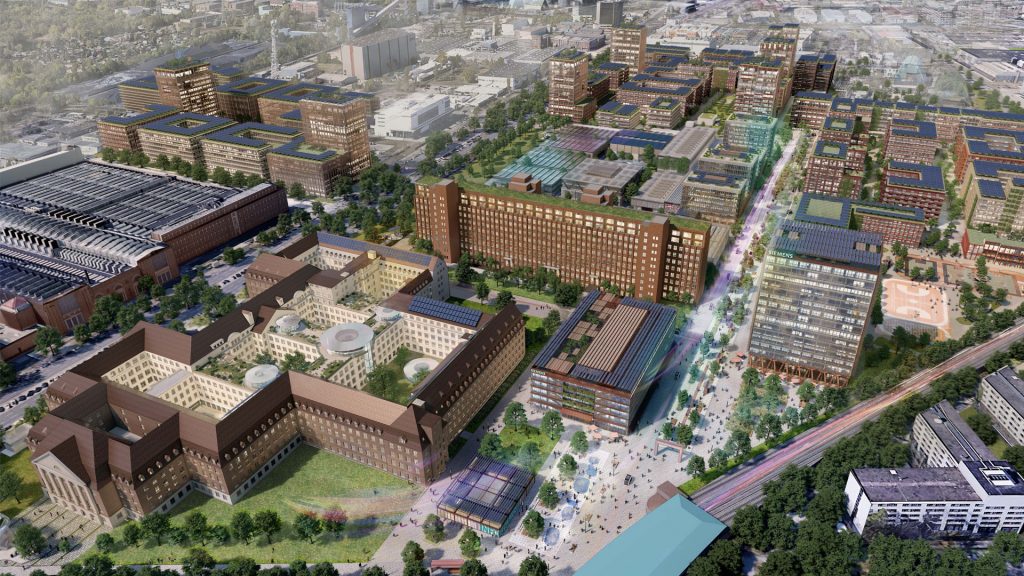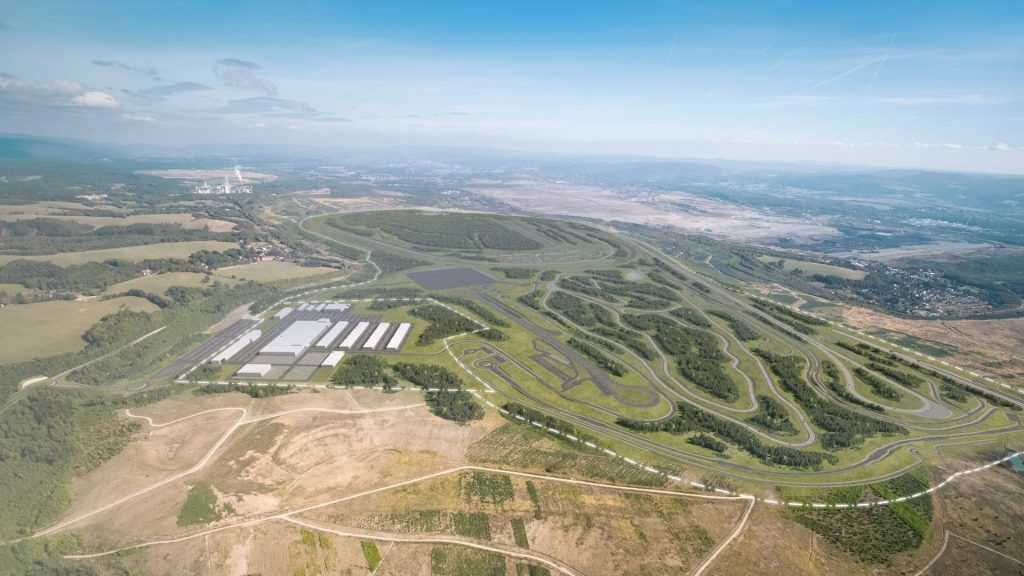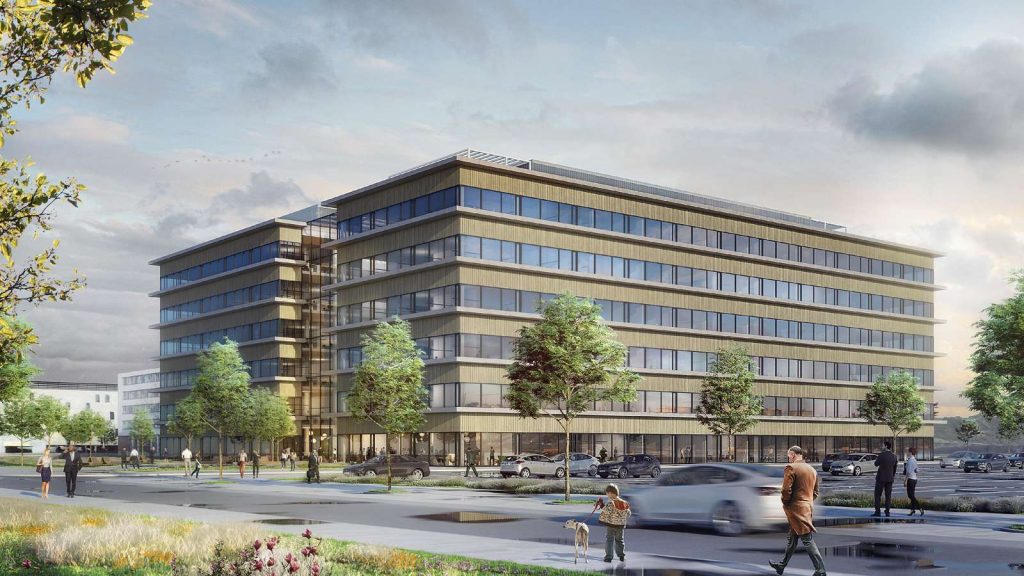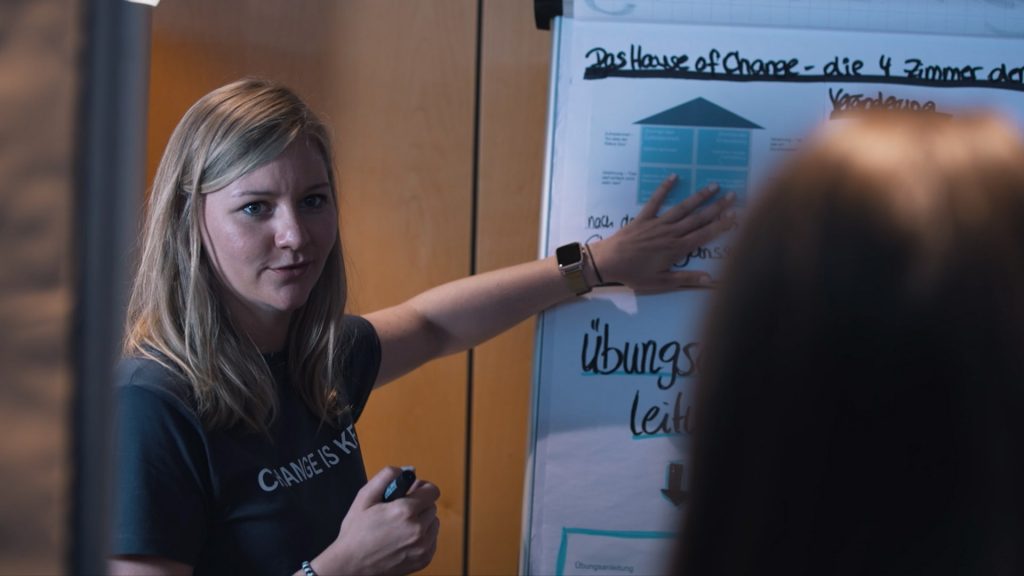Digitally-centered. People-driven.
Wir digitalisieren die Baubranche. Für mehr Effizienz. Mehr Nachhaltigkeit. Mehr Zukunft.
Wir stehen auf Digitalisierung.
Wir denken die Baubranche neu und schreiben Digitalisierung groß. Denn insbesondere in großen Bau- und Infrastrukturprojekten ist sie der Grundstein für mehr Effizienz, Transparenz und Nachhaltigkeit in der Planung, Umsetzung und Bewirtschaftung.
Wir sind der Überzeugung, dass die Integration modernster digitaler Technologien und Arbeitsweisen wie Building Information Modelling (BIM), Common Data Environment (CDE), Digital Twins oder Transformationsmanagement nicht nur Prozesse an sich revolutionieren, sondern auch wie Organisationen planen, bauen und verwalten. Unser Ziel ist es, die Potenziale der Digitalisierung für unsere Auftraggebenden durch unsere ganzheitliche Betrachtung voll auszuschöpfen.
Digitally-centered. People-driven.
BIM und Informationsmanagement
Software Solutions
Individuelle Softwarelösungen erzielen größtmögliche Effizienz und Sicherheit.
Digital Infrastructure Management
Digitalisierungsberatung
Transformationsmanagement
Menschenzentrierte Transformation ermöglicht nachhaltige Erfolge.
Latest Cases
Wir helfen Organisationen aus den Bereichen Corporate & Public Real Estate und aus dem Segment des nachhaltigen Infrastrukturausbaus dabei, die Potenziale der Digitalisierung voll auszuschöpfen – durch neue Technologien, Arbeitsweisen und menschenorientiertes Transformationsmanagement.
Siemensstadt Square
Mehr erfahren
Suedlink
BMW
Roche Diagnostics
Westdeutscher Rundfunk
Werde Teil unseres Teams.
Wir denken anders. Wir sind mutig. Wir sind klug, bunt, ziemlich humorvoll und an manchen Stellen ein bisschen nerdy. Wir schreiben Flexibilität neu und Individualität groß. Unsere Superpower? Interdisziplinäre Expertise und Erfahrung. Und ein unbändiger Wille, die Dinge anders und besser zu machen.

Unsere Standorte
Wir sind da, wo unsere Mitarbeitenden, Kundinnen und Kunden zu Hause sind:
An unseren Standorten, in unseren Projektbüros und in den eigenen vier Wänden.

Standort Berlin
krausenstraße 9-10
10117 berlin
(030) 61 74 28 28
hello@vrame.com

Standort Hamburg
am sandtorkai 50
20457 hamburg
hello@vrame.com

Standort München
rosental 7
80331 münchen
hello@vrame.com

Standort Oldenburg
stau 54
26122 oldenburg
(0441) 40 57 75 80
hello@vrame.com









